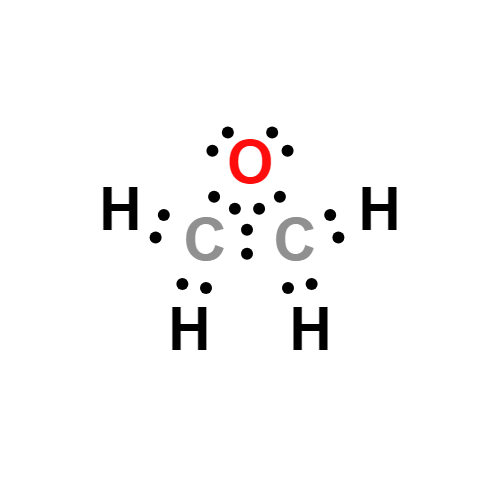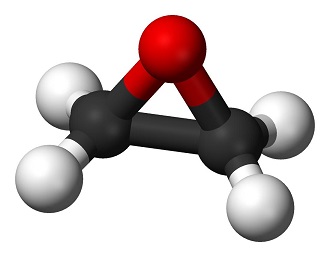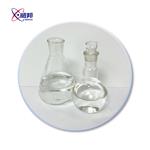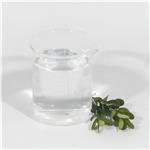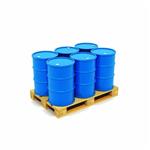
ETHYLENE OXIDE
- Product NameETHYLENE OXIDE
- CAS75-21-8
- CBNumberCB2709651
-
MFC2H4O
Lewis structure
- MW44.05
- EINECS200-849-9
- MDL NumberMFCD00014482
- MOL File75-21-8.mol
Chemical Properties
| Melting point | −111 °C(lit.) |
| Boiling point | 10.7 °C(lit.) |
| Density | 0.882 g/mL at 25 °C(lit.) |
| vapor pressure | 1095 mmHg at 20 °C |
| refractive index | n |
| Flash point | <-17.7℃ |
| storage temp. | 2-8°C |
| form | Colorless gas |
| Odor | Sweet odor detectable at 257 to 690 ppm |
| Merck | 3802 |
| BRN | 102378 |
| Exposure limits | TLV-TWA 1.8 mg/m3 (1 ppm) (ACGIH), 0.18 mg/m3 (0.1 ppm), 5 ppm/10 min (NIOSH). |
| Dielectric constant | 14.0(-4℃) |
| InChIKey | IAYPIBMASNFSPL-UHFFFAOYSA-N |
| LogP | -0.30 |
| CAS DataBase Reference | 75-21-8(CAS DataBase Reference) |
| Substances Added to Food (formerly EAFUS) | ETHYLENE OXIDE--NLFG |
| FDA 21 CFR | 176.180 |
Safety
| Symbol(GHS) |
    
|
|||||||||
| Signal word | Danger | |||||||||
| Hazard statements | H220-H230-H280-H301+H331-H314-H335-H336-H340-H350-H360FD-H372 | |||||||||
| Precautionary statements | P202-P210-P260-P280-P303+P361+P353-P304+P340+P310-P305+P351+P338 | |||||||||
| Hazard Codes | F+,T,F | |||||||||
| Risk Statements | 45-46-12-23-36/37/38-39/23/24/25-23/24/25-11-67-20-36/37-19-6 | |||||||||
| Safety Statements | 53-45-36/37-16-24/25-23-26 | |||||||||
| RIDADR | UN 2037 2.3 | |||||||||
| OEB | C | |||||||||
| OEL | TWA: <0.1 ppm (0.18 mg/m3), Ceiling: 5 ppm (9 mg/m3) [10-min/day] | |||||||||
| WGK Germany | 2 | |||||||||
| RTECS | KX2450000 | |||||||||
| F | 4.5-31 | |||||||||
| Autoignition Temperature | 429 °C | |||||||||
| DOT Classification | 2.3, Hazard Zone D (Gas poisonous by inhalation) | |||||||||
| HazardClass | 2.3 | |||||||||
| HS Code | 29101000 | |||||||||
| Hazardous Substances Data | 75-21-8(Hazardous Substances Data) | |||||||||
| Toxicity | LD50 oral (rat) 72 mg/kg LC50 inhal (rat) 800 ppm (1600 mg/m3) PEL (OSHA) 1 ppm (2 mg/m3) TLV-TWA (ACGIH) 1 ppm (2 mg/m3) | |||||||||
| IDLA | 800 ppm | |||||||||
| NFPA 704: |
|
